Description
Sleep Apnea Monitoring System using IoT and Arduino
OBJECTIVE:
Does this paper propose a wearable sensor node that enables the implementation of an autonomous biomedical monitoring system. Sleep Apnea Monitoring System using IoT and Arduino
Sleep Apnea Monitoring System using IoT and Arduino
ABSTRACT:
Obtrusive Sleep Apnea (OSA) is one of the most important sleep disorders because it has a direct adverse impact on the quality of life. Intellectual deterioration, decreased psychomotor performance, behavior, and personality disorders are some of the consequences of OSA. Therefore, real-time monitoring of this disorder is a critical need in healthcare solutions. There are several systems for OSA detection. Nevertheless, despite their promising results, these systems do not guide their treatment. ECG data are gathered using a wearable monitoring node and are transmitted directly to the IoT cloud using Wi-Fi. Both the HTTP and MQTT protocols are employed in the IoT cloud in order to provide visual and timely ECG data to users. Nearly all smart terminals with a web browser can acquire ECG data conveniently, which has greatly alleviated the cross-platform issue. Experiments are carried out on healthy volunteers in order to verify the reliability of the entire system. Experimental results reveal that the proposed system is reliable in collecting and displaying real-time ECG data, which can aid in the primary diagnosis of certain heart diseases. Sleep Apnea Monitoring System using IoT and Arduino
Sleep Apnea Monitoring System using IoT and Arduino
INTRODUCTION:
The internet of things is a rapidly growing field that provides easy access and aids in the simplified operation of various things connected to the internet. IoT is now used vastly in the medical and health care systems. Data collection analysis and monitoring of data can be done with ease using IoT. Obstructive sleep apnea (OSA) is a type of sleep apnea that is becoming the most common respiratory disease. The cessations in breathing must last more than 10 seconds to be considered an apnea event. Apnea is a life-threatening disease [1]. Sleep apnea episodes may occur 5 to 30 times an hour and may occur even up to four hundred times per night for those who suffer severe Sleep apnea, it usually occurs when the patient’s upper airway is blocked either partially or even sometimes completely and this sleep disorder is also characterized by continuous reduction of airflow. Sleep Apnea Monitoring System using IoT and Arduino
EXISTING SYSTEM
- The existing version of this project was executed using the ZigBee protocol.
- It is difficult to monitor after a certain range.
DISADVANTAGES
- Only message broker was implemented?
- Accuracy of output is less?
Sleep Apnea Monitoring System using IoT and Arduino
PROPOSED SYSTEM:
- The proposed version of this project is done using IoT technology.
- The cloud used here is Thing Speak and MQTT is the protocol used here.
- It is easy to monitor from anywhere.
ADVANTAGES:
- A wide range of communication is available.
- Easy connectivity between modules?
- Easy to implement in real-time?
Sleep Apnea Monitoring System using IoT and Arduino
BLOCK DIAGRAM
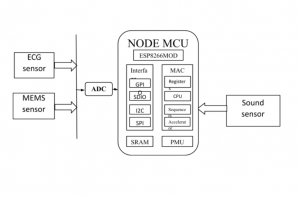
BLOCK DIAGRAM EXPLANATION:
- MEMS is used to detect the position or angle of a particular object.
- Thing Speak the cloud used for IoT to monitor the data sent by the controller.
- A sound sensor is used to send the sound signals to the controller.
- ECG is used to detect the heartbeat of a person.
- MQTT is the IOT protocol used to send the data toward the cloud.
HARDWARE REQUIREMENTS
- Node MCU
- MEMS
- Sound sensor
- ECG Sensor
SOFTWARE REQUIREMENTS
- Arduino-IDE
- Embedded-C
- Thing Speak
- MQTT
REFERENCE:
- M. Hong, Z. Yajun and H. Xiaoping, ?Portable ECG measurement device based on MSP430 MCU,? in Proc. BMEI, 2008,pp. 667?671.
- N. Ebrahim, M. J. Deen, and T. Mondal,?A wireless wearable ECG sensor for long-term applications,? IEEE Commun. Mag., vol. 50, no. 1, pp. 36?43, Jan. 2012.
- J. M. Cano-Garcia, E. Gonzalez-Parada, V. Alarcon-Collantes and E. Casilari-Perez, ?A PDA-based portable wireless ECG monitor for medical personal area networks,? in Proc. MELECON, 2006, pp. 713?716.
- T. K. L. Hui, R. S. Sherratt and D. Diaz Sanchez, ?Major requirements for building Smart Homes in Smart Cities based on Internet of Things technologies,? Future Generation Computer Systems, vol. 76, pp. 358? 369, Nov. 2017.
- Pantelopoulos and N. G. Bourbakis,?A survey on wearable sensor-based systems for health monitoring and prognosis,? IEEE Trans. Syst. Man, Cybern. B., vol. 40, no. 1, pp. 1?12, Jan. 2010.

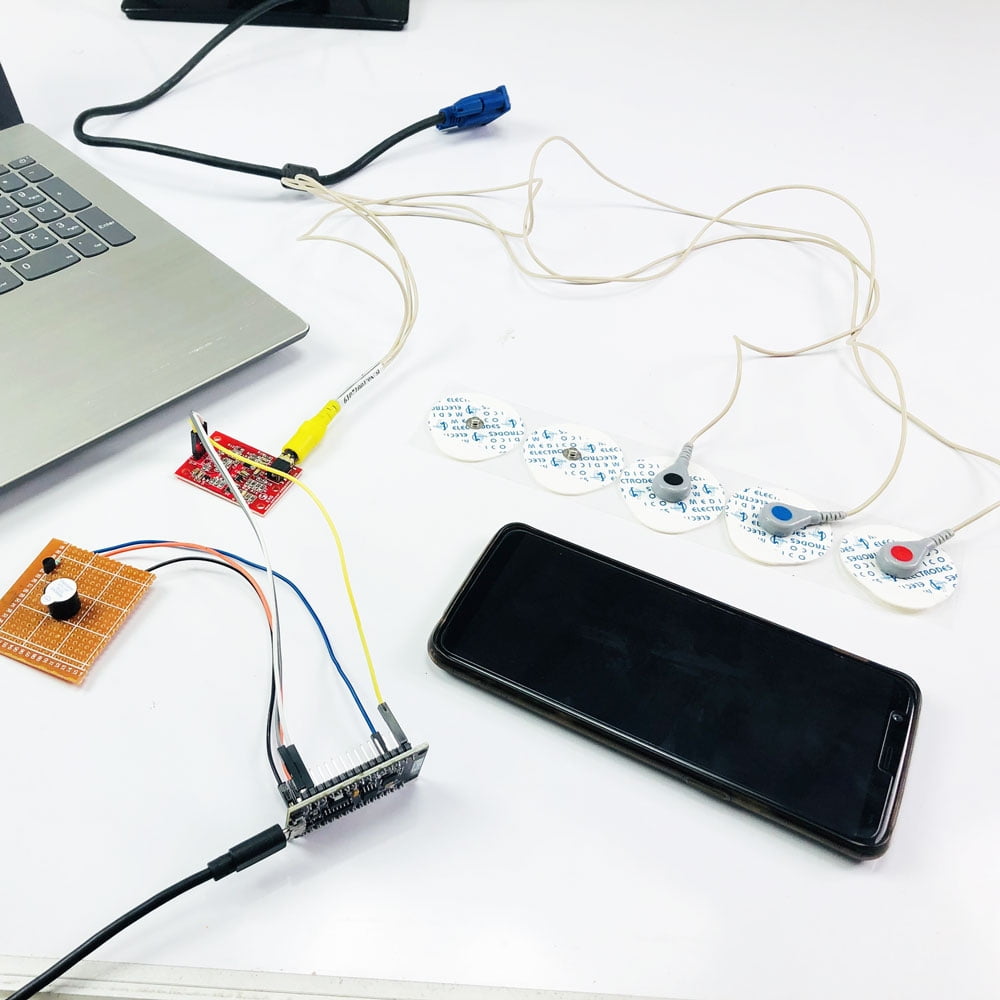

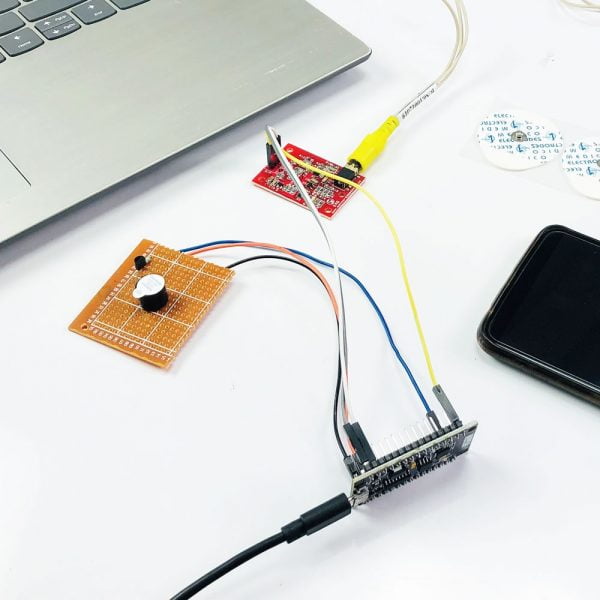

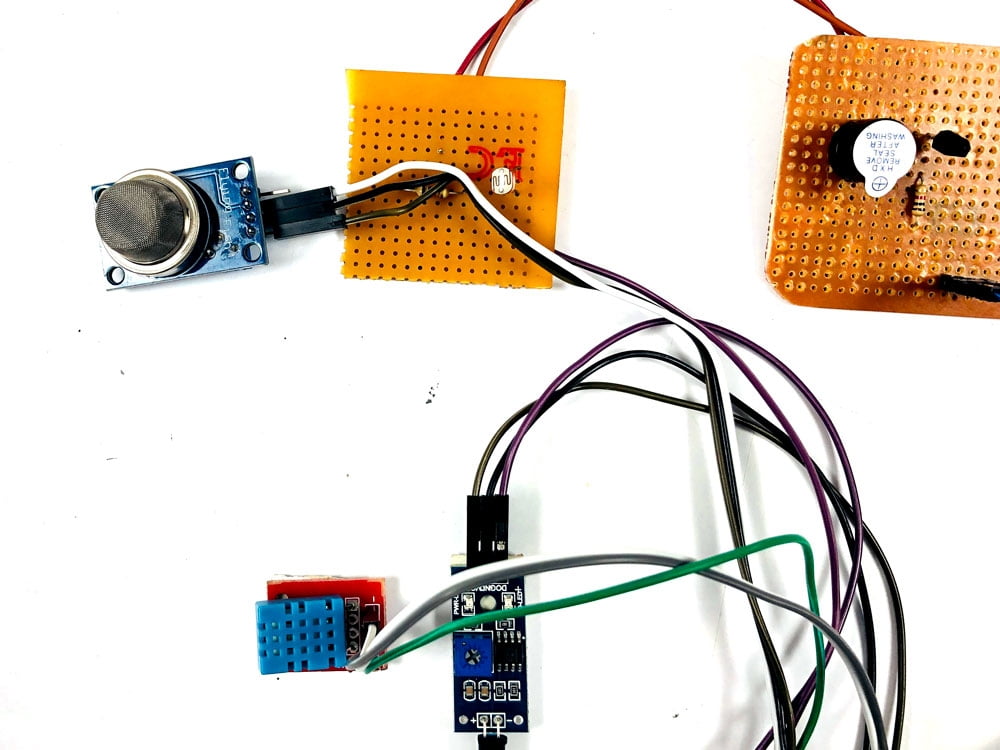

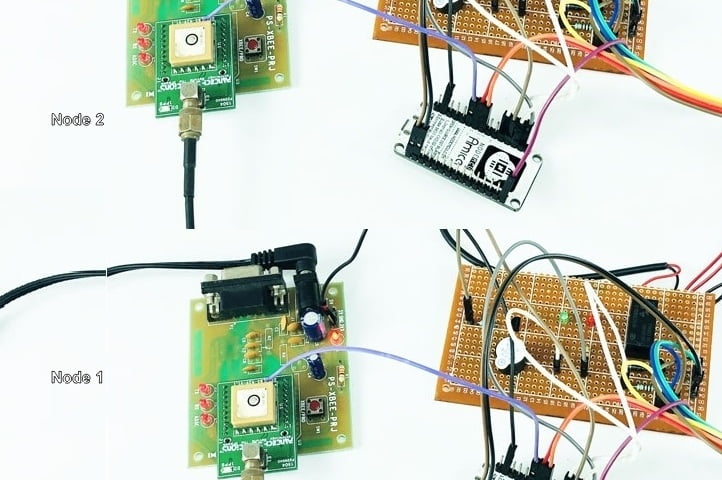





























































































































































































































































































































































































































































































































































































































































































































































































































































































































































































































































Customer Reviews
There are no reviews yet.